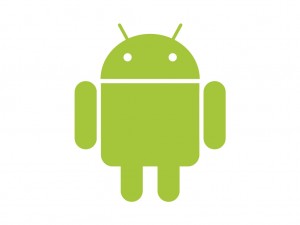Since the recent Exchange upgrade a few people have been confronted with a few unusual questions when trying to set up Outlook on their Android phones.Fortunately the process is less intimidating than it seems at first glance.
After the standard Outlook setup on your Android (click here for the full instructions), “Activate device administrator” will appear, prompting you to select a long list of options, for example Erase all data, Change Screen unlock password, Password recovery . Do not be alarmed as this is standard for setting up Exchange/Outlook on any Android phone. This just indicates what the app is capable of doing. Other cell phone operating systems include the same settings, but it’s not always displayed to the user when the programme is being installed.
The text being displayed is therefore standard for the specific Android application – IT has no control over the text it displays. It is also standard practice at various universities using MS Exchange.
One of the options is – Erase all data: Perform a factory reset, deleting all of your data without any confirmation. This option in particular led to many questions. If we look at the Exchange implementation, it’s very clear that the only person who has access to this function and can actually wipe the device, is the mailbox owner himself.
These and other advantages and additional e-mail functionality, is available to Android users on www.sun.ac.za/webmail. In webmail, under Options -> See All Options -> Phone -> Mobile Phones there are various functions available:
Sync Logging: Enables you to look at the synchronisation of your phone, to select what you want synchronised, which servers should be used, etc.
Remote Wipe: With this option, you can wipe your phone’s data (contacts, photos, etc.) if it ever gets into the wrong hands. The phone will then be reset to it’s default factory settings. ONLY the registered e-mail user will have access to this function, no one else has access.
Details: Shows exactly which devices is linked, model, software versions, etc.
Delete Device: This removes the connection between the Exchange and the selected device. If you initiate this via webmail, the person who has your phone will not be able to reinstall the mailbox. Your data stays protected.
(INFORMATION SUPPLIED BY FRANCOIS DE KOKER)


 Android is an open source, Linux-based operating system designed for touch screen mobile phones and tablets by Google, in conjunction with the Open Handset Alliance.
Android is an open source, Linux-based operating system designed for touch screen mobile phones and tablets by Google, in conjunction with the Open Handset Alliance.